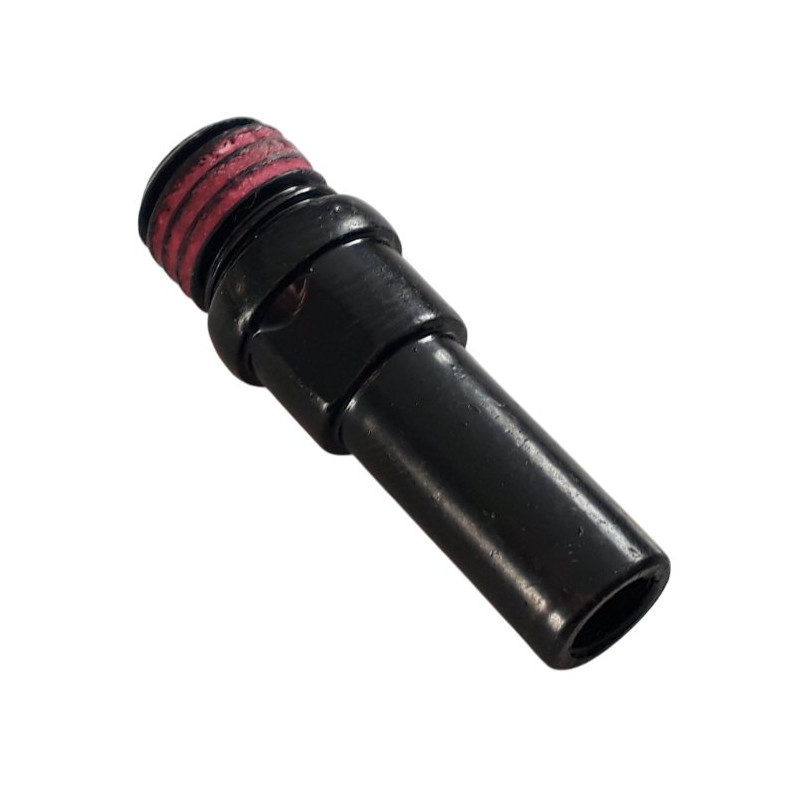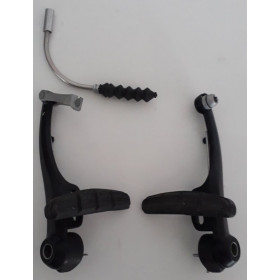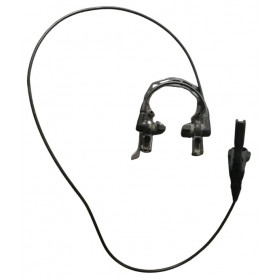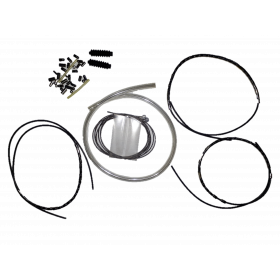 zoom_in
zoom_in
Brake pivot
- 42 Items
- New
€2.99 VAT included
All about the bicycle brake pivot: the key to effective braking
When it comes to braking systems on bikes equipped with V-Brakes or Cantilever brakes, the brake pivot is a small but essential component. This fixed part on the frame or fork serves as the mounting point for the brake arms. Without it, there's no way to properly install a rim brake system. Let’s explore its features, how it works, and why it’s so important.
What is a brake pivot ?
The brake pivot, also known as a boss or mount, is a small metal peg welded or bolted to the frame or fork. It provides the axis on which the brake arms rotate. You’ll find them on bikes that use V-Brake or Cantilever braking systems—both types of rim brakes where pads press directly onto the wheel’s rim.
Unlike disc brakes, which use flat-mount or post-mount interfaces, rim brakes rely entirely on these pivots to function properly.
The two main brake types using pivots
-
V-Brake
-
Direct-pull rim brake
-
Mounted on standard pivots spaced 80 mm apart
-
Common on mountain bikes, hybrids, and touring bikes
-
Longer brake arms provide strong braking force
-
-
Cantilever Brake
-
Center-pull rim brake (via a straddle cable)
-
Found on cyclocross bikes, vintage bikes, and touring models
-
Less powerful than V-Brakes but offers more tire and mud clearance
-
Technical characteristics of a brake pivot
-
Standard diameter: 8 mm
-
Spacing: typically 80 mm between mounts (compatible with V-Brake and Cantilever)
-
Attachment: welded or brazed onto the frame/fork
-
Material: usually steel or aluminum
-
Compatibility: varies depending on the type of brake arm used
Some brake pivots are removable or replaceable, especially on high-end steel forks or frames. These screw-in versions allow riders to switch between brake systems or upgrade as needed.
Why the brake pivot matters for your stopping power
A brake pivot that is misaligned, corroded, or damaged can seriously affect your braking performance. Poor alignment leads to uneven brake pad wear, rubbing on the rim, and decreased stopping efficiency.
To function properly, brake pivots must be:
-
Precisely aligned and perpendicular to the rim
-
Clean and free from rust
-
Lightly lubricated at the contact point with the brake arm or bushing
Brake pivot maintenance tips
To keep your brake pivots in top condition:
-
Wipe them clean regularly
-
Apply a small drop of light oil to prevent friction
-
Check for play or wear in the pivot area
-
Replace removable pivots if they show visible damage
Can you add brake pivots to a frame ?
Some modern frames designed exclusively for disc brakes don’t have the necessary mounts for V-Brakes or Cantilevers. In such cases, adding pivots is usually not possible without modifying the frame. However, some steel forks or frames allow for bolt-on brake bosses if threaded mounts are present.
Conclusion: a small part that makes a big difference
Often overlooked, the brake pivot plays a vital role in the efficiency and reliability of rim brakes. Whether you're using a V-Brake for aggressive trail riding or a Cantilever brake for long-distance touring, the condition and alignment of your pivots directly impact braking quality.
Before upgrading your brake system or switching frames, always check whether your frame or fork has compatible brake pivots—they’re the foundation of any rim brake setup.




